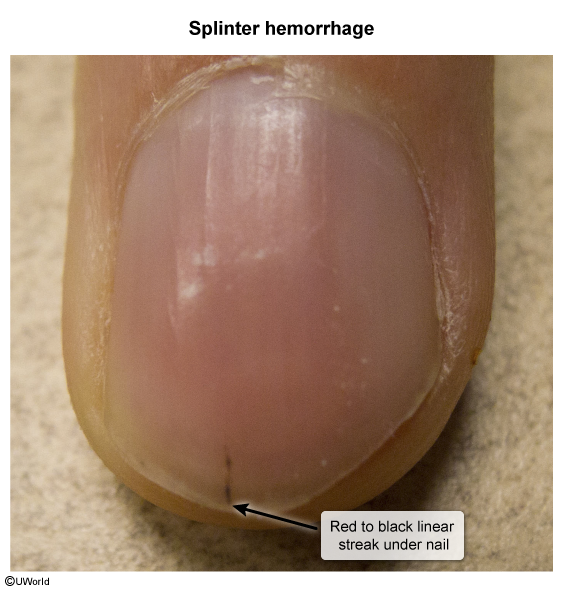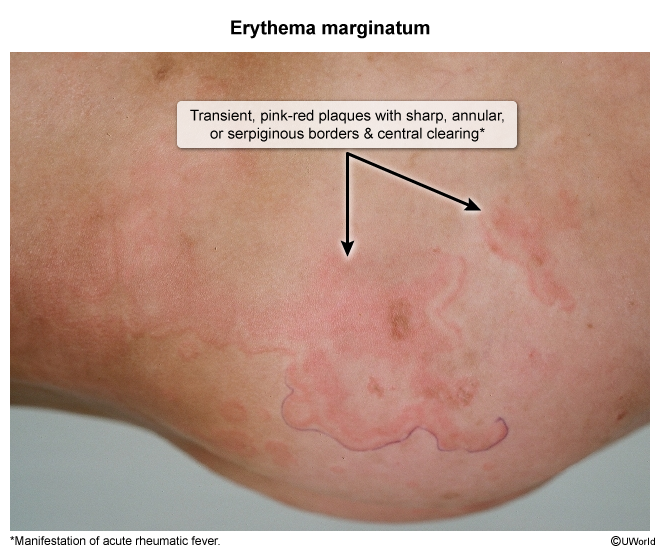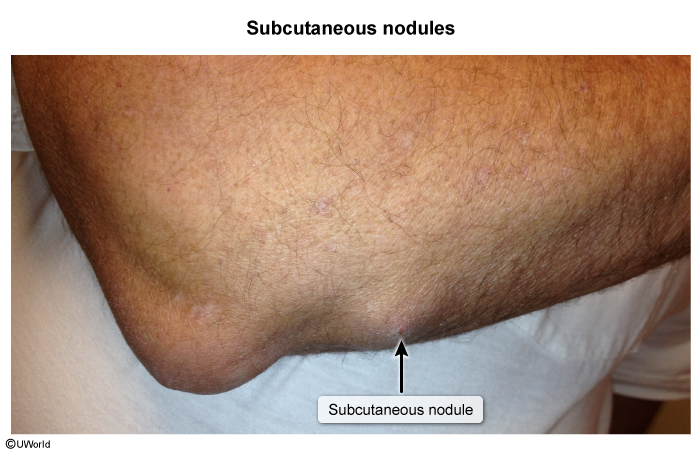Bacterial Infective Endocarditis
Article Sections
Introduction
Infective endocarditis (IE) is a serious infection of the heart's inner lining (endocardium), usually affecting the heart valves. It can lead to significant morbidity and mortality if not promptly recognized and treated.
Pathophysiology and risk factors
IE occurs when bacteria (or rarely, other pathogens) enter the bloodstream and adhere to the endocardium (usually with prior damage). This leads to the formation of infective vegetations that can cause valve damage and embolic complications. Risk factors that predispose to endocardial damage and subsequent infection include preexisting heart valve disease, poor dentition or dental infection, and prosthetic heart valves. Intravenous (IV) drug use is another significant risk factor because it can introduce particulate matter (eg, dirt) causing valvular microinjury, which creates a nidus for infection. In children, IE occurs most frequently in the setting of congenital heart disease, which serves as a nidus for infection during episodes of transient bacteremia (eg, after a dental procedure).
Continue Learning with UWorld
Get the full Bacterial Infective Endocarditis article plus rich visuals, real-world cases, and in-depth insights from medical experts, all available through the UWorld Medical Library.
Images




